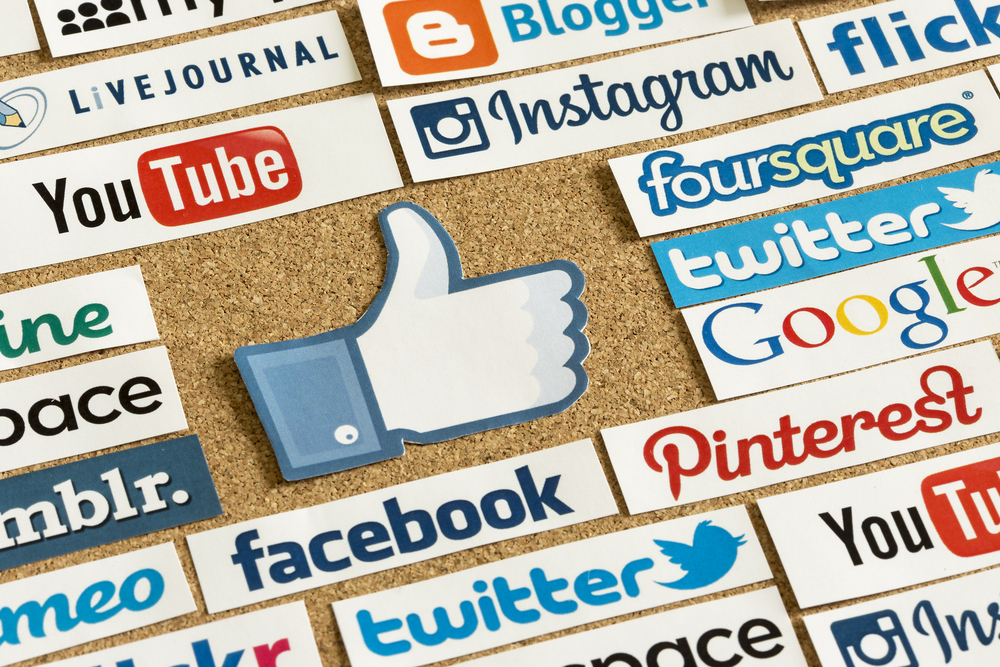Facebook alone has over 1 billion active users whilst Twitter has around 320 million. At the same time, the past few years has seen the launch of countless new apps and tools, with Instagram and Snap Chat now competing with Twitter in terms of the number of users.
As these figures continue their steady climb, the way in which people use these platforms continues to change. With social media now an unstoppable 24/7 phenomenon, the focus has shifted from communicating with friends to sharing one’s thoughts, feelings, aspirations, opinions and preferences with the entire world – including the millions of businesses that are touting for their trade.
> See also: 1 in 4 consumers open to making purchases on social media
This social media revolution has many benefits for users, but possibly even more for businesses that are hungry to understand – and address – their customers’ changing needs. However, in order to achieve this goal, firms will first need to understand how to use social media to engage with their target audience.
A changing world
The ubiquitous nature of social media has led to a massive increase in the amount of time users spend on these sites. One factor that has contributed to this change is the way in which users now access their social media accounts.
When Facebook was first introduced, for example, the only way to access the site was via a desktop PC – but mobile technology has changed all that. Users are now able to access their accounts whenever they want, which means that social media is an inescapable part of daily life. On average an active Facebook user will connect 15 –25 times a day, depending on what country they are from.
This is an important point for business to consider. The always-on nature of mobile computing, combined with the mainstream acceptance of social platforms, has created a new breed of consumers who live the majority of their lives online, and who expect instance answers and a highly personalised service. For businesses that can rise to this challenge, however, the benefits can be significant.
Back to business
Even the most traditional companies now accept that an online presence is essential, rather than an add-on. Alongside the data that users share online, a better understanding of their online behaviour and what they’re talking about is an immense source of intelligence for companies and advertisers alike.
With so many people actively using sites like Facebook and Twitter at any given moment, modern businesses therefore have an unprecedented opportunity to engage with customers and gather intelligence on their online habits. For example, it’s now possible for a company to monitor when and where a user is logging on – and on what device.
As a result, companies can now understand who searched for something on their desktop, but then used Facebook on their phone to link to the store in order to make a purchase. Understanding this chain not only enables business to know where their advertising is creating the biggest impression, but also offers key insights into customer preferences, behaviours and interests.
Looking to the future
As media platforms such as Facebook and Twitter continue to develop and expand, businesses will need to consider what the future is likely to hold, so that they can align their digital strategy accordingly.
Twitter, for example, allows customers to message a company with questions or complaints directly, which often elicits a quicker response than email. Today’s customers now expect – and demand – this type of one-to-one relationship with brands.
As a result, businesses may soon look to train their call centres to respond to customer questions on Facebook Messenger in real time, and thus expand their social outreach to engage with customers instantly.
> See also: The three essential strands of a social media strategy that drives sales
This way, an entire ecosystem can be built around tools like Facebook Messenger or WhatsApp, so that e-commerce apps and concierge services can use this app to help improve customer service. For example, a hotel may want to message their customers to find out their estimated time of arrival, and whether they would like a drink upon arrival or dinner later that evening.
Social media will continue to develop as its users’ behaviours change and the technology we use to access it evolves. As a result, it will soon become commonplace for a business to communicate directly with its customers through a number of different social platforms.
Businesses therefore need to consider their social media strategy now in order to ensure they are prepared for these changes. In short, as social media and the way we communicate continues to change, businesses will need to invest in a digital strategy that enables them to cope with these changes and stay one step ahead of the competition.
Sourced from Emmanuel Arendarczyk, Managing Director of UK and France, Artefact (previously called: NetBooster)







